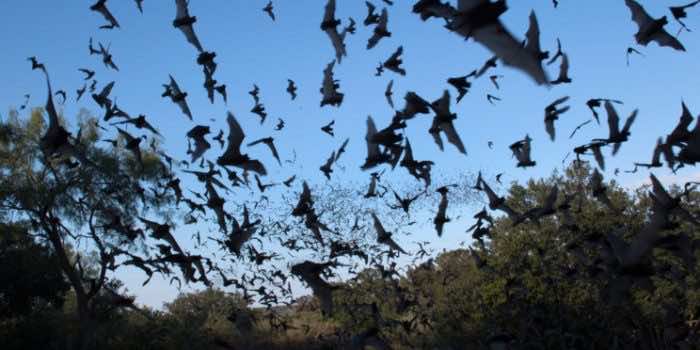COVID-19 is in no way under our control, and a prediction of a new pandemic has been made by Bill Gates already.
The world is facing increasing numbers of COVID-19 infected cases, with the new variants kicking in with even deadlier effects. While collective efforts globally aim to fight the pandemic, the talks of a new pandemic have surfaced on the internet.

Such predictions from Bill Gates hold some serious importance, as what he suggested in a 2015 ted talk became a reality of what we are facing today. Following the Ebola virus outbreak in 2014, the multi-billionaire warned the world to get ready to fight another one. But, unfortunately, no one took his advice seriously back in the time.
Project Predict, early preparedness
Not to fall back in preparing for a possible future virus outbreak this time, a new initiative has begun where the possible spread of viruses is under deep study while also making the findings public for better awareness.
“SARS-CoV-2 is just one example of many thousands of viruses out there that have the potential to spill over from animals to humans,” Zoë Grange, who led the development of SpillOver, said in a statement. “We need not only to identify but also prioritize viral threats with the greatest spillover risk before another devastating pandemic happens.”
The project PREDICT has been launched, which aims at studying viruses in different species while also letting the larger populations know of the risk these viruses pose to humanity.

The project has looked into half-million samples from around seven thousand animals and found seven hundred new viruses.
A total of 150 health experts have analyzed these new viruses and found 50 viruses with the possibility of a widespread that can ignite another pandemic. The project “Predict” studied the species carrying these viruses, their location, and the chances of a possible spread of the virus in humans.
The project Predict so far found numerous hosts of the unknown viruses in contact with humans and livestock. The probability of transmitting those viruses in humans is found high.

The transmit-able viruses’ data was rated on a scale of 1 to 155, and the top twelve of those viruses were found to have already affected humans in the past. In the study, the SARS-CoV-2 was rated between Lass and Ebola, both of which have caused numerous outbreaks.
The project “Predict” is the need of the time, and now the database “Spillover website” comes with detailed breakdowns of highly transmit-able viruses. The project is for foreseeing the risks and possible contractions of viruses in humans, given the high existence of viruses around us. However, this still sounds promising as we need to start somewhere.
“This tool is intended to start a global conversation that will allow us to go far beyond how we thought about ranking viruses in the past and allow real-time scientific collaboration to identify new threats early,” study co-author Jonna Mazet, a professor at the UC Davis School of Veterinary Medicine, said. “SpillOver can help advance our understanding of viral health threats and enable us to act to reduce the risk of spillover before pandemics can catch fire.”


